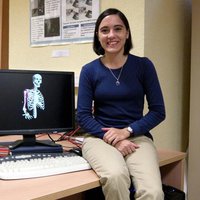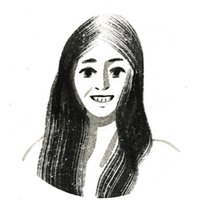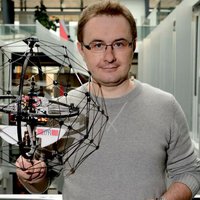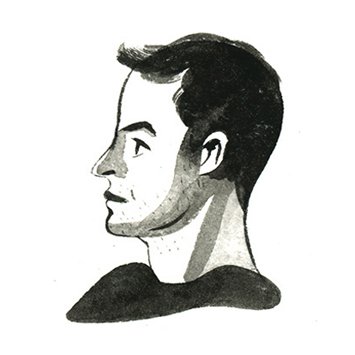Computer & electronics hardware
Ilya Sutskever
Why one form of machine learning will be particularly powerful.

Latin America
Marie André Destarac
Her open software system improves diagnostics and the design for therapies to treat muscular injuries

Latin America
Gino Tubaro
Created a device that translates written texts into braille in real time

Global
Lisa Seacat DeLuca
A software engineer makes a habit of going after everyday problems.

Europe
Przemyslaw Mariusz Kornatowski
Developed drones specialized in rescue missions for use in natural disasters and other high risk scenarios
